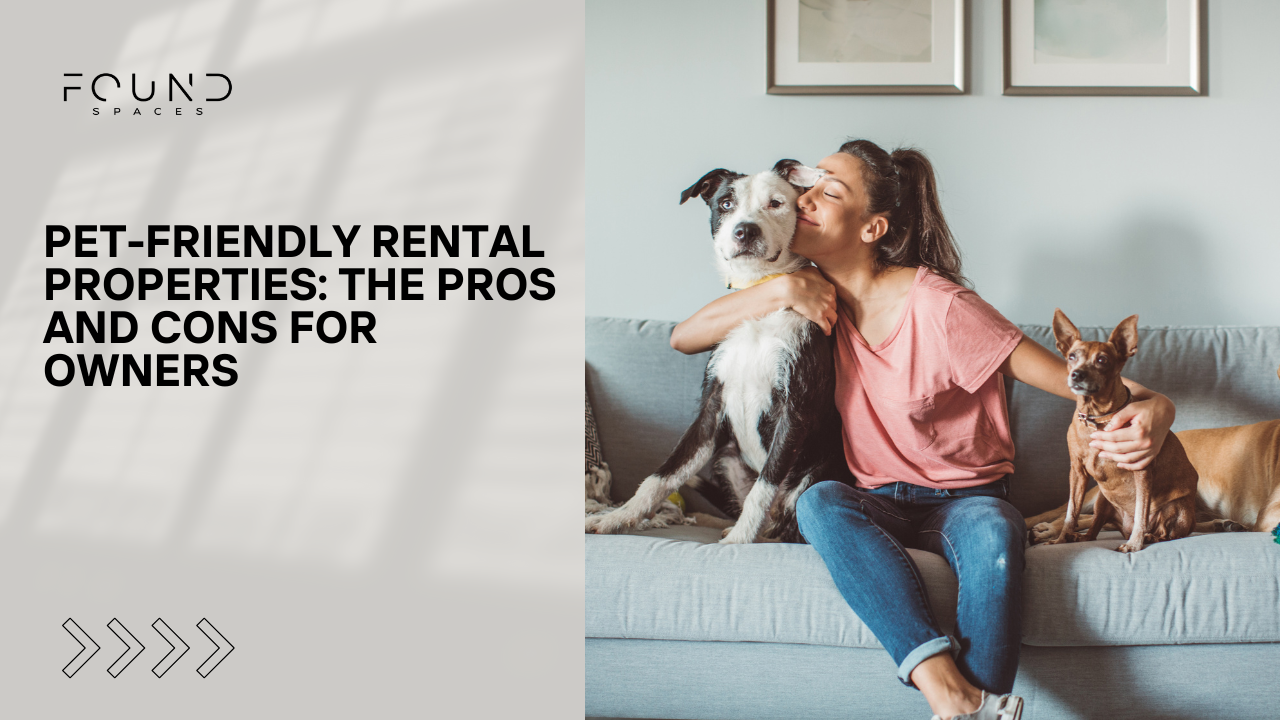Offering pet-friendly rental properties is a significant trend in the real estate market, and it’s a decision that property owners in Hamilton are increasingly encouraged to consider. With a rise in pet ownership, especially post COVID Pandemic following recent shifts towards remote work, tenants are often searching for accommodations that welcome their furry friends.
In Ontario, landlords face specific regulations regarding pets in rental properties. It’s important to note that it is not advisable to advertise rental properties as “no pets” allowed. Additionally, once a tenant has moved in, they cannot be evicted simply for getting a dog or a cat. Despite these restrictions, as a property owner, it’s essential to be aware of the pros and cons of allowing pets in your investment property. This awareness can help you make informed decisions and implement policies that protect your property while accommodating pet owners. The following discussion delves into the various advantages and disadvantages of adopting a pet-friendly approach in your rental properties, especially within the Hamilton market.
This blog post explores these factors, helping make informed decisions.
Pros of Pet-Friendly Rental Properties

1. Wider Tenant Pool
By allowing pets, you significantly expand the pool of potential tenants. Many pet owners find it challenging to locate rentals that accept pets, so they are likely to be more interested in and appreciative of properties that do. This can lead to quicker lease-ups and fewer vacancy periods.
2. Longer Tenancy Periods
Pet owners tend to move less frequently, primarily due to the limited number of pet-friendly options available. This can lead to longer tenancy periods and reduced turnover costs. Stable, long-term tenants are valuable for maintaining a steady rental income.
3. Positive Community Perception
Being known as a pet-friendly property can enhance your reputation in Hamilton. This fosters a community-friendly image and can make your properties more attractive not just to pet owners but to all potential renters who view pet-friendliness as a positive attribute.
Cons of Pet-Friendly Rental Properties
1. Potential for Property Damage
Pets can cause damage beyond general wear and tear, such as scratched floors, damaged doors, or stained carpets. While pet deposits can mitigate these costs, there is always a risk that the damage may exceed expected amounts.
2. Noise Complaints
Pets, particularly dogs, can be noisy, potentially leading to complaints from other tenants. This can require additional management resources to resolve disputes and ensure a peaceful living environment for all residents.
3. Allergies and Phobias
Other tenants might have allergies or phobias related to animals. Property managers need to consider these factors carefully to avoid negatively impacting the quality of life for these tenants.
Navigating the Decision

For landlords, considering pet-friendly homes, it’s essential to develop a clear and thorough pet policy. This policy should outline acceptable types of pets, weight limits, breed restrictions, and behavior requirements.
Conclusion
The decision to offer pet-friendly rental properties comes with both opportunities and challenges. For property owners, understanding these pros and cons is crucial to making a choice that aligns with their business model and market demands. By carefully considering these factors and implementing strong property management policies, property owners can make pet-friendly rentals a valuable part of their portfolio.




